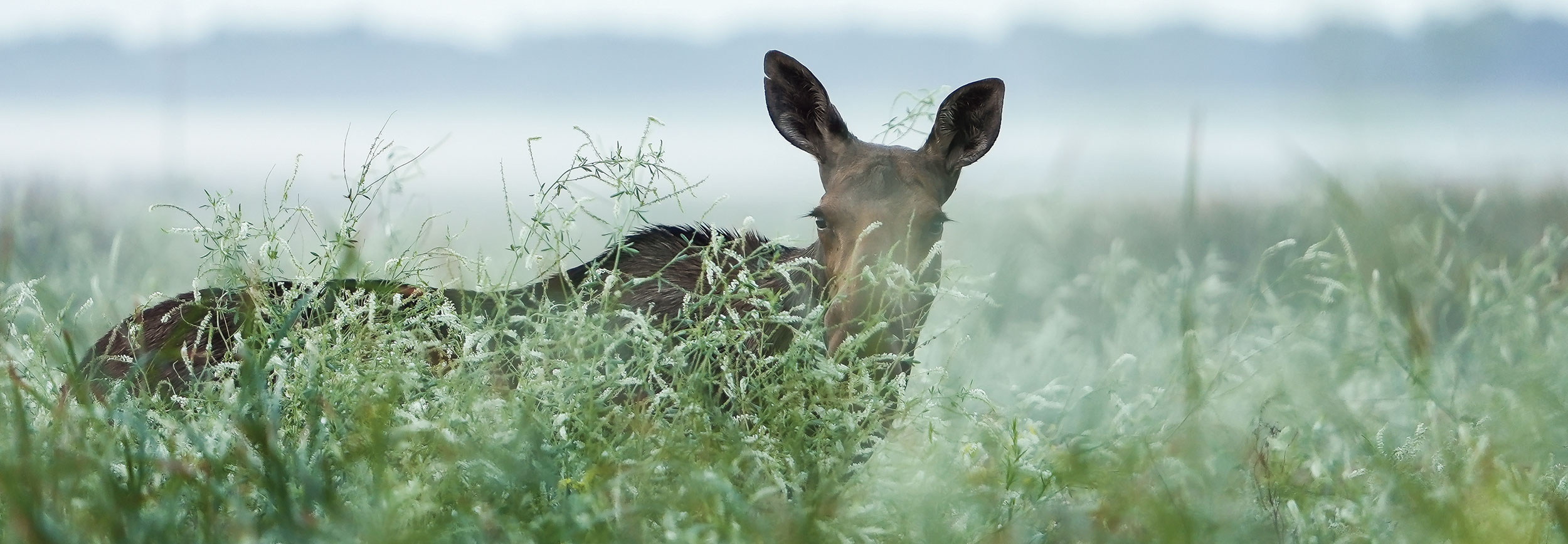
Back Cast
It’s been 17 years.
That’s a long time between doing something and not.
In 2007, my father-in-law drew a cow moose tag, a once-in-a-lifetime license he filled opening morning after days of scouting, miles and miles of driving dirt roads and an untold number of phone calls to wildlife managers, game wardens and landowners in the unit he was allowed to hunt.
Now it’s my turn. Same unit. Same animal. Same plan starting from scratch.
I know what some of you are thinking: “Of course, he drew a moose tag. He works for Game and Fish.”
That’s an old, tired, often-repeated argument that has nothing to do with it, but more to do with applying for a cow instead of a bull. Like drawing a doe tag rather than a buck, odds are better for those willing to forgo antlers.
Even so, getting a little lucky helped.
Back then, 17 years ago, I had a hard-side camper that popped out tent-like on both ends. I parked it for much of September in Sheridan County, called it moose camp, shot the occasional sharp-tailed grouse and spotted fewer moose while scouting for the Oct. 5 opener. It was a comfortable place to return to after chasing around the country from sunrise to sunset nearly two hours from home.
The camper is long gone, and I never replaced it with anything comparable, save for a six-person tent gifted to the family that I once set up in the back yard just to see what it looked like. I’ve never slept in it and it’s doubtful I ever will. At this stage of my hunting career, sleeping on the ground has lost its appeal.
To be more mobile, likely many miles from home wherever the moose sign takes me, I envision cooking off my pickup’s tailgate and sleeping in a reclined front seat. I’ve certainly done the former before and tested out the latter in our driveway and it wasn’t horrible. While it’s been years, it reminded me of the many nights of sleeping in a recliner with a toddler on my chest battling an earache.
Every year, when previewing the upcoming hunting seasons, our big game biologists, when addressing those who drew elk and moose tags, say preseason scouting and making landowner contacts is essential for a successful hunt.
They’re not wrong. I don’t know which task accounts for more, but both are essential. Putting in the miles looking over likely moose habitat and relying on the kindness of strangers to let you hunt their land certainly improves your odds.
I wrote this following the 2007 hunt: “On average, it’s said that a cow moose weighs roughly 900 pounds. Up close that estimate seems a little light. Three hours later, after field-dressing, quartering and hauling the remains to the road, we’re spent, and left wondering if the once-in-a-lifetime designation has to do with wanting to tackle such a large animal just the once.”
After 17 years, I should be well-rested. Now I just need to get a little lucky.

